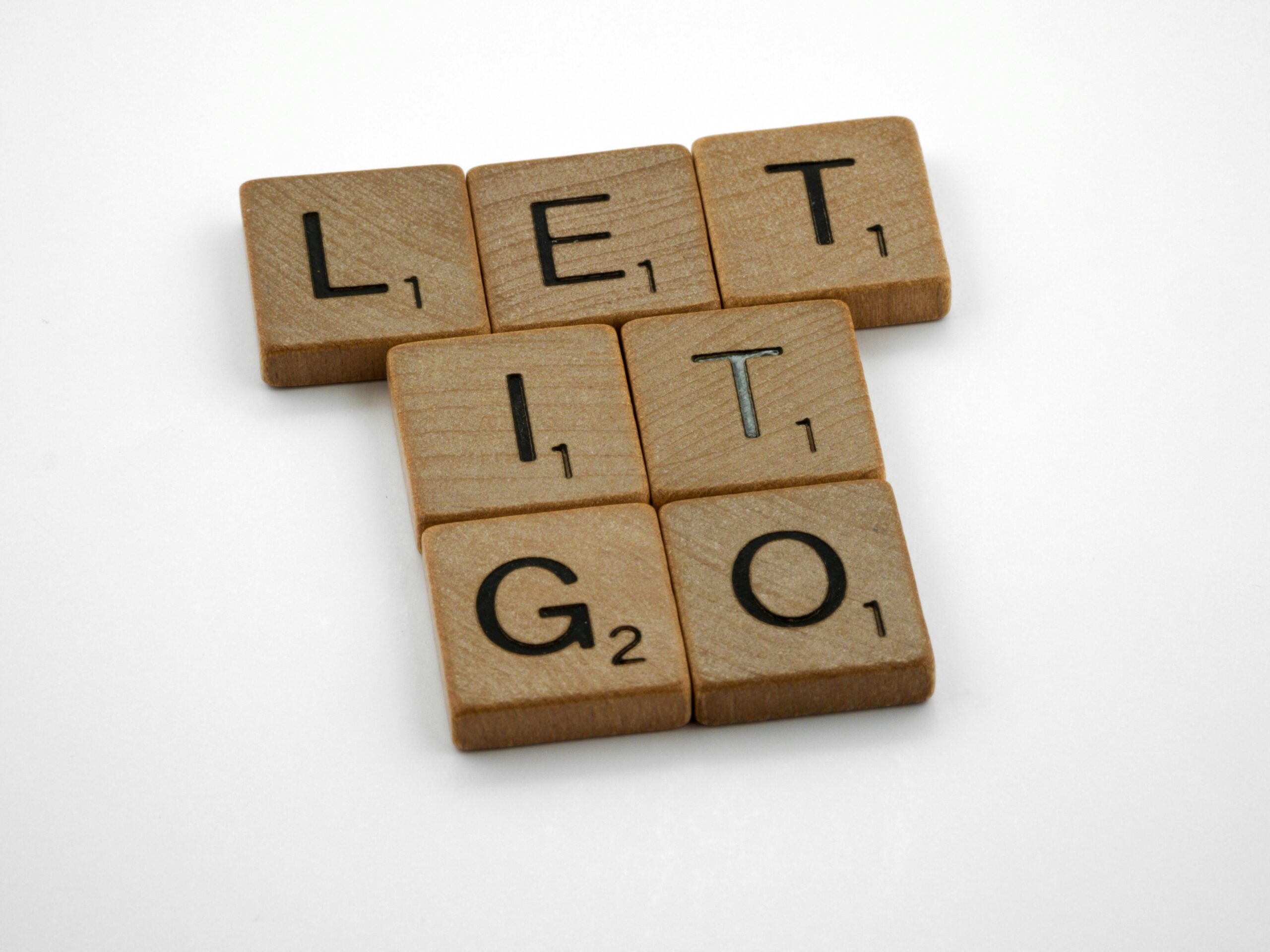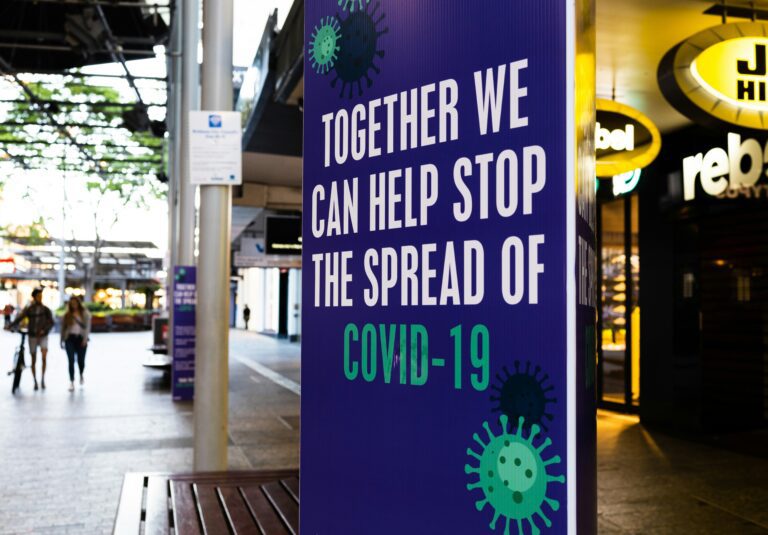How To Take Control And When To Let Go
*Photo by Brett Jordan on Unsplash
A hard technique to learn is when to take control and when to let go.
Control is a funny thing.
Too much of it, and you become a control freak. It is easy to appear as a jerk.
Too little of it, and you can become a pacifist and others will walk all over you.
Balance, like everything else in life, should be your goal. I do not mean to come across as preachy.
With balance, you can better discern situations and how to react accordingly.
Control or Influence?
We cannot control others. However, we can influence others via our own actions and words. The problem with personal influence is that it can only go so far.
There is a tremendous difference between control and influence.
When it comes down to it, the only control we have is of ourselves. Even then, it can seem like a slippery slope.
No other person can control your feelings and emotional response. It can definitely feel that way when you are in the heat of the moment. Have you ever said to another individual, “You made me feel bad?”
You are in control when it comes down to your emotional response and perspective of a particular situation. The words and actions of another person can potentially trigger an emotional reaction, but how you handle your response is entirely up to you.
Years ago, I remember my therapist telling me,
John, nobody can make you feel bad. If you choose to feel bad based on an event, that is entirely up to you. Remember, YOU are in control of how you react and respond.
It took me some time and repeated practice to realize the truth of my therapist’s comments. For so long, I reacted to situations and felt out of control. Almost like I was a puppet that bent to the whims of others.
Once I practiced how to respond healthily, I created more control in my life.
I empowered myself.
Can I Take Control Of Bipolar Disorder?
I live with bipolar disorder. It is a chronic illness that has no cure.
Just like diabetes, we can manage bipolar disorder with the proper treatment and support.
It can seem like you have no control when you receive a diagnosis of bipolar disorder—a chronic illness – but this is far from the truth. As I mentioned previously, the majority of these illnesses can be successfully managed with the right treatment.
This is the perfect time to reframe your thoughts.
Instead of looking at your diagnosis from the perspective of a victim (“poor me” syndrome), change your thinking and focus on what you can do!
Managing anything puts you in the driver’s seat.
When I reframed my own thoughts, I gave myself more control of my life.
It is quite empowering when you take a proactive role in your own life. Empowerment is what I felt when I shifted my perspective of my diagnosis.
Yes, I can manage my bipolar disorder.
It does not have to control me!
Stop Trying To Control Everything
Stop trying to control everything.
This is easier said than done.
Trust me, I know!
Balance is a concept I keep referring back to. Instead of putting your energy into controlling all areas of your life, learn to ease up a bit.
A large portion of life is out of our control. Trying to control a situation that is out of your control is like running on a treadmill. You can run faster and faster, but you will always be in the same spot.
Try to let go.
Focus on the areas of your life that you can control.
Commit your energy to:
- Responding to situations in a healthy way
- Your outlook on life
- Positive relationships
- Creating a healthy lifestyle
- Bettering yourself each day
An Example From My Own Life
Recently, I experienced an extremely stressful situation in my life. I reacted to this situation instead of taking it in and responding to it healthily.
I played this event over and over in my mind, stressing myself out, increasing my anxiety, and exhausting both my mind and body. Luckily, my wife can read me better than anybody else. She asked me what was wrong, and I unloaded my thoughts.
I quickly realized the error of my ways.
Instead of carrying all this negative energy with me, I allowed myself to feel my emotions and figure out various scenarios to rectify this specific situation.
Once I determined all the various actions I could take, I played each one out in my head. If I was going to do something, I needed to take action and do it. It was time to stop thinking about all the “what ifs” and make a decision.
Last Thoughts
If I did not think action should take place, then I needed to let it go.
There is no point in pouring my energy into something where I have decided not to take action.
You see, I forgot the basic question of:
When should I take control, and when should I let go?
In the end, take the time to analyze the situation, identify the outcomes, determine the action you can take, and decide which route you want to choose. Once you decide, do it!
That way, you can control that which you can and move on from those instances that you need to let go.







